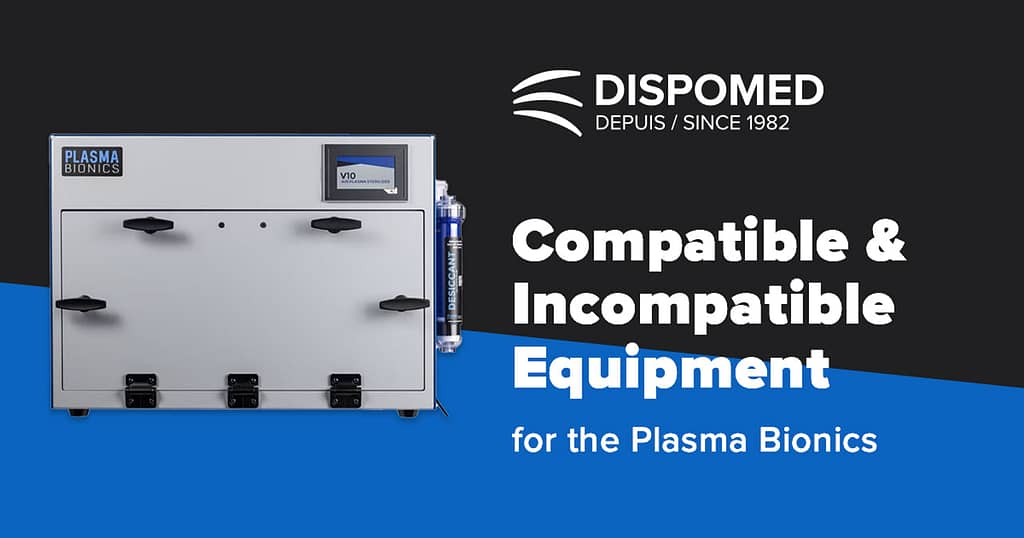Choosing the Right Packaging and Materials for Air Plasma Sterilization
When transitioning to Air Plasma Sterilization®, ensuring material compatibility is crucial for maintaining the integrity of your sterilized instruments and supplies. Not all packaging and medical device materials are suitable for this advanced sterilization process. Let’s break down what works – and what doesn’t – to help your veterinary clinic make informed choices.
Compatible and Incompatible Packaging Materials
The Air Plasma Sterilization® process is designed to work with commonly used sterile barrier packaging, including:
- SMS wraps
- Tyvek® pouches
However, it is not compatible with nonporous cellulosic materials, such as:
- Paper
- Cardboard
- Textiles (e.g., cloth, linen)
Additionally, some pouches designed for steam and ethylene oxide sterilization may become brittle when exposed to Air Plasma Sterilization®. When selecting pouches, ensure they are labeled with “Tyvek®” to guarantee compatibility.
Medical Device Material Compatibility
The sterilization process involves ozone (O3), nitrogen dioxide (NO2), and other reactive oxygen and nitrogen species. These powerful oxidants effectively sterilize various materials, but they may also cause degradation in certain substances. Below is a guide to what materials can and cannot be safely sterilized using the Plasma Bionics.
| Compatible Materials | Incompatible Materials | |
|---|---|---|
| Metals | Stainless steel (300 series, medical grade), Titanium, Anodized aluminum, Gold plating. | Mild steel, Galvanized steel, Brass, Zinc, Tin, Nickel, Bronze, Copper. |
| Plastics | PVC, Polypropylene, Polycarbonate, Polyurethane, Polysulfone, PTFE (Teflon), PVDF (Kynar), ABS, PBT, Polyethylene (HDPE, UHMWPE), PEEK. | Nylon, Delrin (Acetal), Polyamide. |
| Elastomers | Silicone*, Fluorosilicone, Viton (FKM), Santoprene, Tygon, EPDM. (*Certain silicone blends may require testing before routine use.) | Natural rubber, Buna-N (Nitrile). |
| Other | Glass, Ceramic. | Cellulosic materials (paper, cardboard, textiles). |
Is It Time to Upgrade Your Sterilization Process?
Many veterinary clinics stick with Amprolene simply because it’s what they’ve always used. But with mounting safety concerns, long sterilization times, and increasing regulations, it’s worth asking: Is it still the best option for your clinic?
The Plasma Bionics offers a modern, safe, and efficient alternative that eliminates the risks of ethylene oxide while improving your workflow.
Ready to make the switch?
Contact Dispomed today to learn more about the Plasma Bionics V10 and how it can transform sterilization in your clinic.








